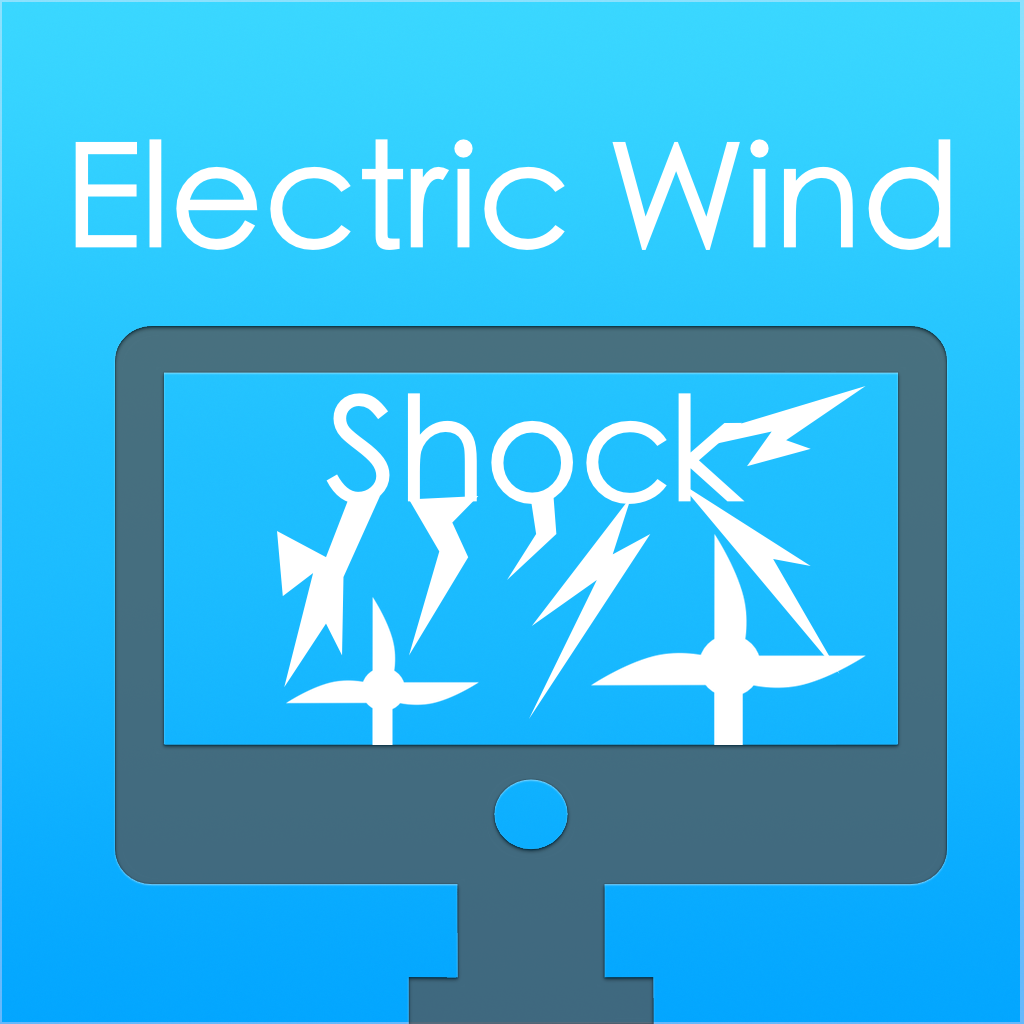-
Home|
Introduction|
Problem|
Conclusion|
Future Work|
Executive Summary|
References|
Acknowledgements|
Background|
Methods and Materials
Background
What Is the Wind?
Wind is a mixture of cold and hot air. Air is in constant motion. It is affected by changes in pressure and temperature. When one area heats up more than another area that it is next to, the difference in pressure creates wind. Wind is a rotation cycle of cool air and warm air. Edgewood is very windy. It gets very little precipitation.
How Can wind be measured?
Wind is measured by its speed and direction. An anemometer is the tool used to measure wind speed. An anemometer works by using rotating cups to measure wind speed. When the wind catches the cups it causes them to spin and the amount of times the cups rotate completely around is the wind speed measured in rpms (revolutions per minute). The wind direction is measured with weather vanes. It is important to know the direction of the wind because then the wind turbine has an area to turn towards. After a year of measuring the wind it can be correlated to a reference point to calculate the mean of the wind. This information is needed to find the best area to create a wind turbine farm that will be the most efficient. Wind turbines should be placed according to where the wind is blowing the most for the majority of the year. County.
Wind Turbine
A wind turbine transforms the kinetic energy of the wind into electrical energy. Wind turbines are made up of a foundation (where the wind turbine sits on the ground), a tower (the part where the rotor sits on), and a rotor (how the wind turbine moves to locate the wind), see figure 1. The foundation prevents the turbine from falling over. The tower holds up the rotor. The rotor includes the blades and the hub, which holds them in position as they turn. Most wind turbines have three blades. The length of the blades can be more than 44 metres.Wind turbines don’t create greenhouse emission during its operation. It takes just three to six months to make up for the energy needed to make that wind turbine. During a windmills lifetime it makes up eighty to one hundred times the amount of energy used during its production. Wind energy has the lowest life cycle emissions of all energy making technology. Wind energy doesn’t let out any toxic substances such as Mercury and air pollutants like smog-creating nitrogen oxides, acid rain- forming sulphur dioxide and particulate deposits. These pollutants can trigger cancer, heart disease, asthma and other respiratory diseases, and can acidify terrestrial and aquatic ecosystems, and can also corrode buildings. Wind energy doesn’t create any radioactive waste or water pollution.
How is Electricity Transported?
When a gadget is turned on, power is right away transmitted from a power plant to the appliance. Even though this seems to happen immediately there is a certain sequence of events that takes place to make sure the needed electricity is delivered. Electricity travels long distances to reach the place where it is needed. The sites where electricity is generated are often in less populated areas where there is a lot of cheap fuel resources. During the transportation process, part of the electricity is lost. To reduce the amount of electricity lost a transformer will convert the electricity from low to high voltage. This is the more efficient way to transport large amounts of electricity. Transmission lines then transport large supplies of power from generating sites to locations closer to peoples homes. At these locations, other station transformers convert the high voltage electricity to lower voltage for distribution. Distribution lines carry low voltage electricity to communities who then access it through the power outlets in homes and offices(see figure 2). The distribution network has more power lines than the transmission network. This is because transmission lines can carry a large amount of power that will then require many distribution lines to take to the people.
Vertical Wind Turbine
This turbine is cheap but when it breaks down it is very costly. It breaks down quite often. They have a main motor that is placed vertically. The reason for this design so it doesn’t have to face the wind. They produce large parts cyclic stress on the turbine’s motor. This type could be mounted to your roof top. Instead of their rotor being at the top they are at the bottom close to the ground. These turbines are not very popular due to them breaking down a lot.
Horizontal Wind Turbine
Horizontal wind turbines are very expensive but they hardly breakdown. This kind of turbine is the kind you see a lot they are very popular. When you think of a turbine this is the kind most people think of. They have the main rotor and the and the generator at the top and they have to face the wind. This type spins like a clock. In order to fix it if it gets damaged but it hardly does get damaged, they send someone up to fix it. It is cheaper to send someone up to fix it than to take that piece off and bring it down and fix it on the floor. This turbine is able to be in stronger winds. The blades move perpendicular to the wind.
